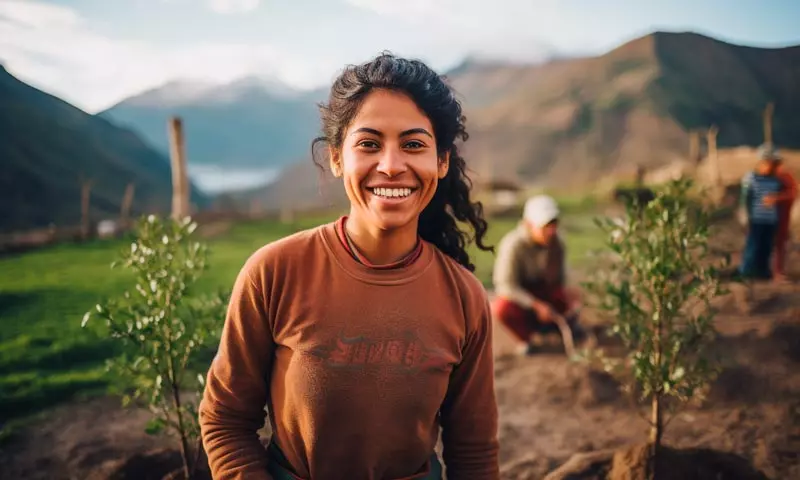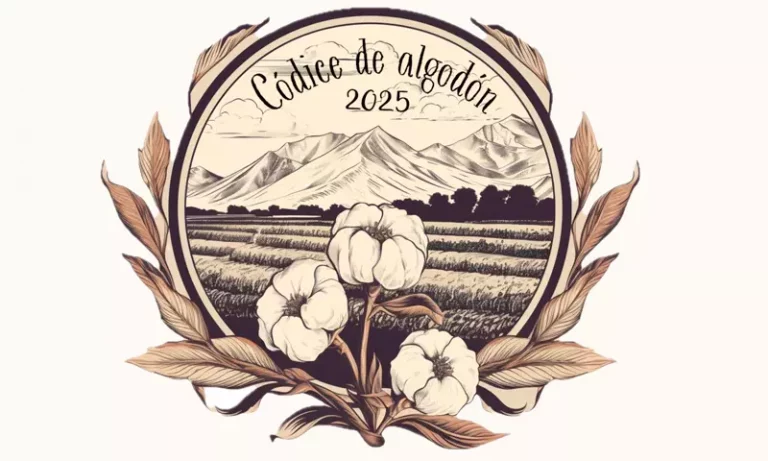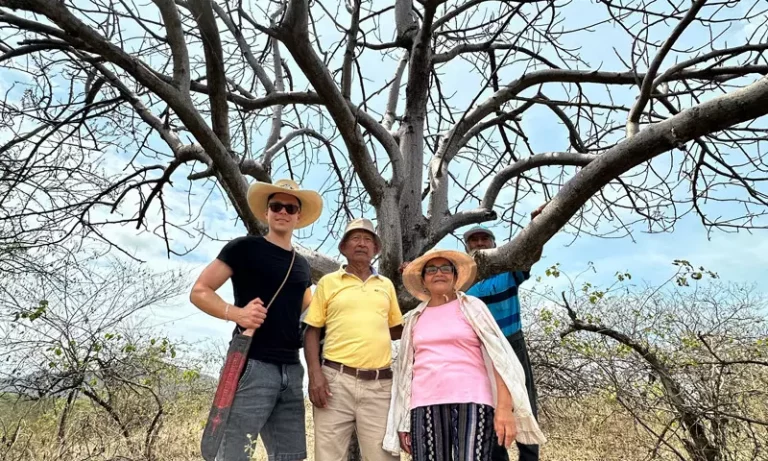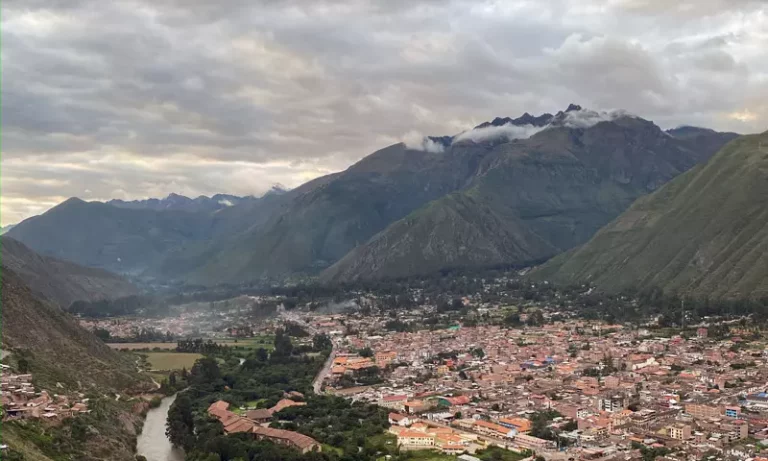You slip on your favorite cotton T-shirt in the morning. Soft, breathable, effortless. But did you know that shirt could help restore an entire forest?
In a world increasingly shaped by fast fashion and environmental neglect it’s easy to forget that every choice we make—down to the T-shirt we put on in the morning—has a ripple effect. But the truth is simple: nature needs us now more than ever. Forests are disappearing, ecosystems are collapsing and climate change is accelerating.
At Pima Prima we believe in a future where fashion doesn’t destroy nature—it restores it.
Roots of Renewal: How Reforestation Is Rebuilding Our World One Tree at a Time
In a quiet Kenyan village in 1977, a woman named Wangari Maathai gathered local women under the shade of a tree. Their mission was simple: plant more trees. What started as a small act of care blossomed into the Green Belt Movement, a reforestation revolution that empowered thousands of women and restored millions of trees.
From Africa’s Sahel to the highlands of Latin America, from Nepalese valleys to Costa Rican rainforests, communities have long known something powerful—reforestation doesn’t just heal the land. It heals lives.
Reforestation: The Earth’s Natural Reset Button
Reforestation is not just about planting trees. It’s about restoring lost balance, rebuilding degraded land and reviving human dignity. It is one of the most affordable, effective and accessible tools we have to combat:
Reforestation is also a story of people—of communities reclaiming agency, culture and hope through the act of planting.
The Green Legacy: A Global Overview
Kenya — The Green Belt Movement
Launched by Nobel Peace Prize winner Wangari Maathai, this grassroots initiative planted over 51 million trees while empowering women with environmental knowledge, employment and political voice. It proved that healing forests could heal societies (source).
The Sahel — The Great Green Wall
Stretching 8,000 kilometers across Africa, this pan-continental project is transforming barren land into green corridors of life. It aims to create 10 million jobs and restore 100 million hectares of land (source).
Latin America — The Bonn Challenge
From Costa Rica to Mexico, nations are pledging to reforest tens of millions of hectares, linking traditional farming with modern sustainability. Costa Rica alone has doubled its forest cover by paying farmers to protect the ecosystem (source).
Ethiopia & Nepal — Eden Reforestation Projects
These programs combine large-scale reforestation with livelihood creation. Millions of trees planted. Thousands of lives uplifted (source).
More Than Trees: How Reforestation Transforms Communities
Economic Renewal
- Local employment: Tree planting, seedling care, ecosystem management
- New income streams: From fruits and nuts to herbal medicine and eco-tourism
- Resilient agriculture: Trees restore fertility, prevent crop failure and protect against drought
Health and Wellbeing
- Cleaner air & water: Forests act as nature’s filter, removing toxins and reducing flood risks
- Mental wellness: Green spaces are linked to lower stress and stronger communities
- Safer settlements: Forests stabilize land, reduce landslides and regulate microclimates
Environmental Resilience
- Carbon sinks: Trees absorb CO₂ and cool the planet
- Habitat restoration: Forests bring back birds, bees and biodiversity
- Soil & water conservation: Deep roots hold the earth in place and replenish aquifers
Real Stories, Real Impact
In Niger, farmers once uprooted trees believing they competed with crops. Then they learned to protect young shoots. Over time, entire landscapes regenerated, bringing back greenery, food and resilience.
In Mexico’s Mixteca region, indigenous communities restored barren hills through ancestral planting techniques—restoring fertility and reclaiming cultural strength.
In South Africa’s Buffelsdraai, a reforestation project linked to a landfill created over 400 green jobs, showing that even waste sites can become oases of life.
What Can You Do?
You don’t have to wield a shovel or own a forest to make a difference. Here’s how you can take part:
- Support reforestation initiatives that are community-led and sustainable
- Buy from ethical brands that give back to nature—like our own Pima Prima
- Raise awareness about reforestation and why it matters
- Plant something, even in your own backyard or balcony
- Join movements that protect land, indigenous rights and natural ecosystems
Pima Prima’s Role: Tees for Trees
At Pima Prima we believe that sustainability starts with intention. That’s why for every T-shirt sold, we plant one Palo Santo tree in the Peruvian Andes—reviving a sacred species while supporting local communities.
When you wear Pima Prima you’re not just wearing a beautiful breathable cotton T-shirt. You’re wearing a commitment to regeneration.
Join the Movement
Let’s restore what’s been lost. Let’s give the next generation a greener future.
- Support brands that plant
- Choose natural ethical fabrics
- Share this story
- Join the Pima Prima community
One tee. One tree. One future. Because when we plant together we grow together.








